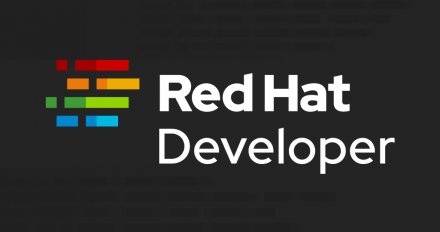
Article
PHP 5.4 on RHEL-6 using RHSCL
Official announcement : Red Hat Software Collections 1.0 Beta Now Available More information on Software Collections Software Collections Guide Stability addicts can keep quiet, PHP 5.3.3 is still the standard version provided with RHEL-6. We'll soon have an official and supported way to install PHP version 5.4 , beside the system version, without any effect on installed components. The announcement tells us the life cycle will be 3 years. Warning : it's a beta version, published for evaluation purposes. Installation...

